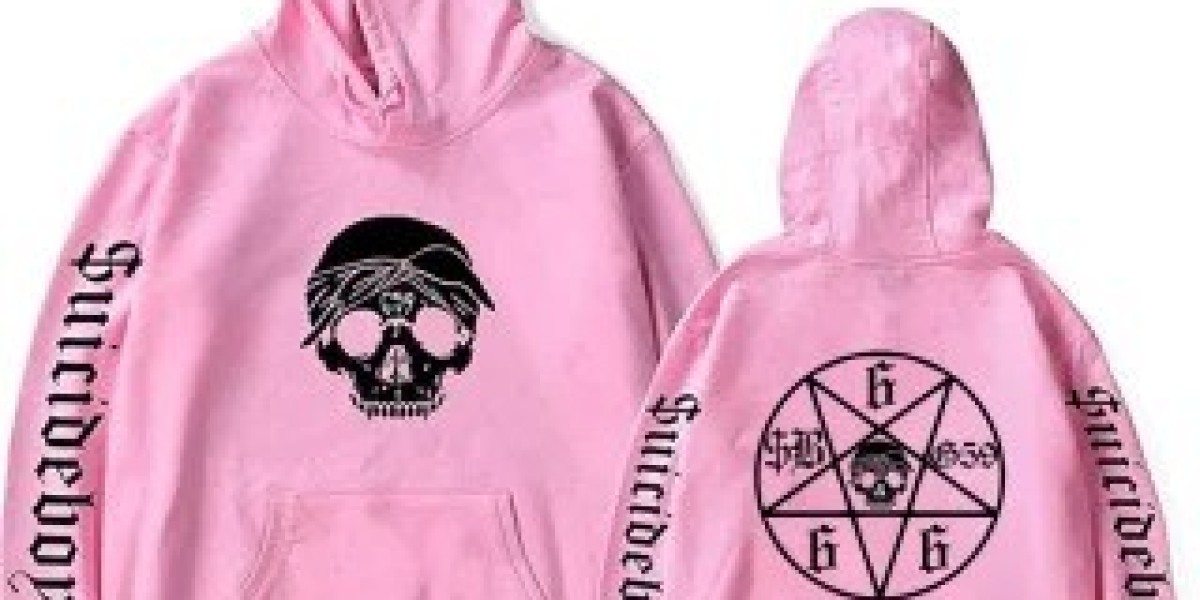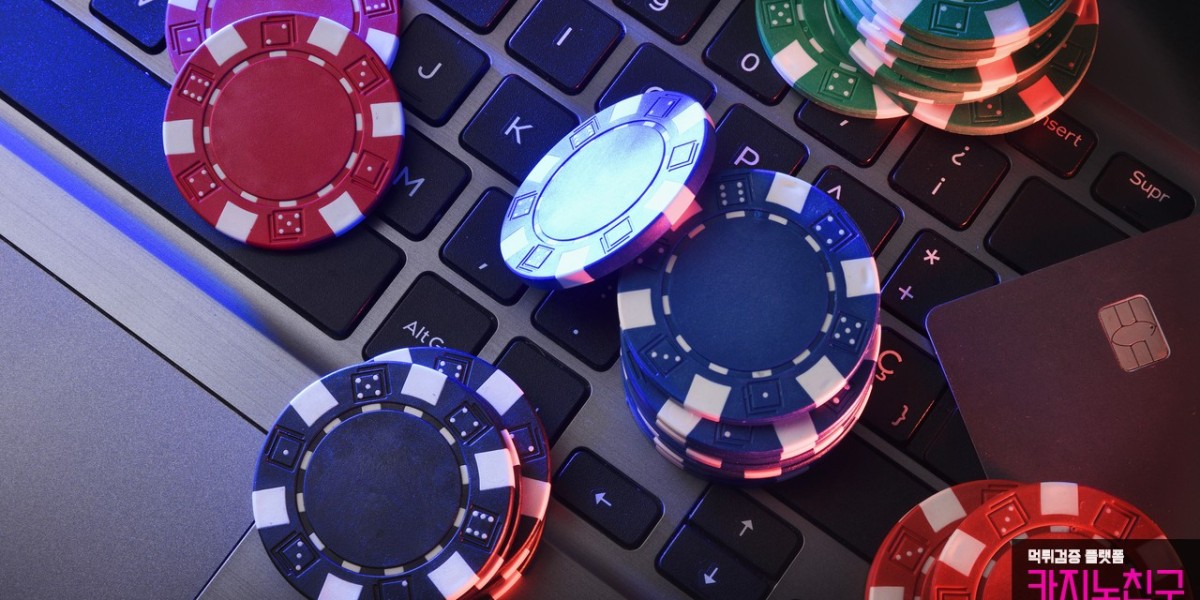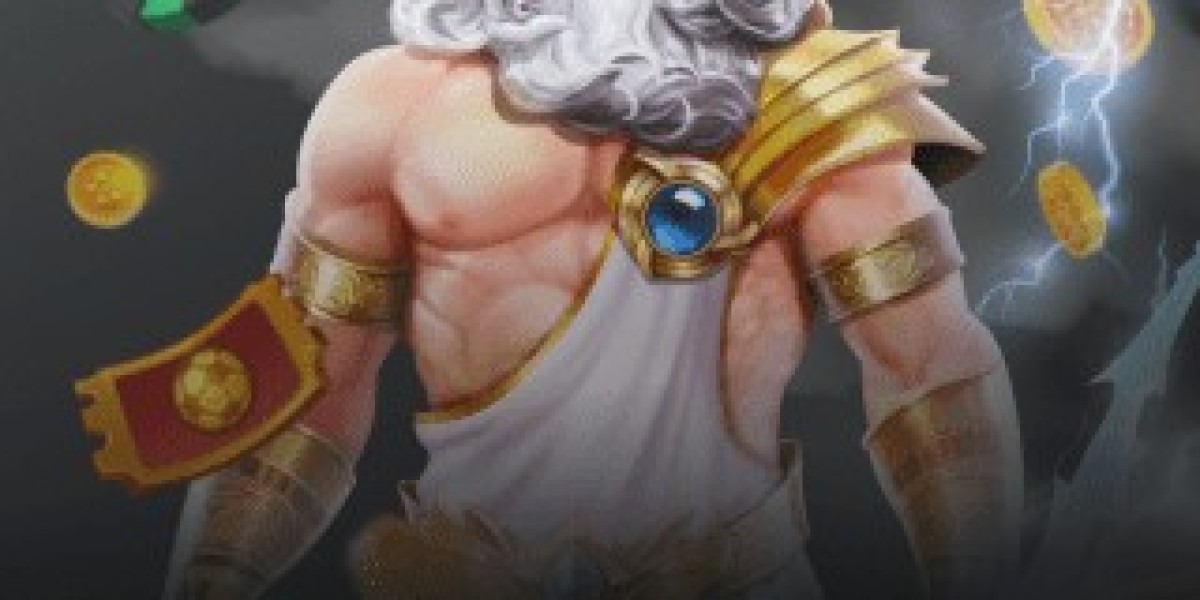Beyond the Mainstream: Where Darkness Meets Style
Not every fashion movement is meant to be mainstream, and $uicideboy$ fashion is the epitome of that principle. It doesn't exist to conform, to flatter the eye of every beholder, or to align with seasonal runway trends. Instead, it rebels—quietly and ferociously—against conventional definitions of “stylish.” Much like the music that birthed it, $uicideboy$ fashion comes from a place of emotional rawness, existential weight, and cultivated individuality. It’s dark, sometimes unsettling, and entirely unbothered by outside opinions. For many, that’s exactly the appeal. But for others, it’s too much—too real, too bleak, too strange. And that’s the point. $uicideboy$ fashion isn’t for everyone. It’s for the ones who see beauty in the broken and wear their scars like medals.
The Psychology Behind the Look
This isn’t just about clothes—it’s about mindset. Fans of the suicideboys merch aesthetic aren’t dressing to be admired; they’re dressing to reflect their mental state, their battles, their truths. It’s a style born from emotional introspection. That’s why the color palette is relentlessly dark—blacks, deep burgundies, faded grays. That’s why oversized hoodies feel more like armor than garments. That’s why accessories carry symbolic weight, not trend-driven flair. The fashion is moody, not because it's trying to be mysterious, but because it is—genuinely. There’s a rawness to it that challenges people used to seeing fashion as only polish and perfection. It strips all that away and replaces it with intention and grit.
DIY Over Designer
$uicideboy$ fashion values individuality over prestige. While other subcultures chase designer collabs and viral streetwear drops, this look leans toward thrifted pieces, DIY customization, and clothes that look lived in. If someone’s jeans are patched, it’s not to be edgy—it’s because they actually wore them to the edge. Hoodies aren’t distressed because of fashion direction—they’re worn, torn, and faded because they’ve survived years of wear, wash, and memory. It’s not uncommon to see fans take a blank tee and spray-paint lyrics across it, sew patches on their jackets, or bleach their own flannels. These pieces are one-of-one, deeply personal, and often emotionally charged. That kind of authenticity can’t be bought. It has to be created—or more accurately, lived.
Lyrics You Wear on Your Chest
For many $uicideboy$ fans, lyrics are not just something you listen to—they’re something you wear. It’s common to see tees and hoodies emblazoned with snippets of their most gut-wrenching verses. But unlike pop merch that sells slogans, $uicideboy$ lyrics aren’t made to be catchy. They’re often dark, depressive, existential, and confrontational. Phrases like “I dream of death,” “I’m my own worst enemy,” or “Happiness is a facade” aren’t for the faint of heart—or for polite company. Wearing these words is a deliberate act. It signals to the world that you’re not interested in glossing over pain or hiding discomfort. You’re walking through life with your wounds visible. And for many, that’s therapeutic. For others, it’s unnerving. That’s the price of honesty.
Clothing as Emotional Armor
The oversized silhouettes that define $uicideboy$ fashion aren’t just about comfort or trend—they’re about protection. Big hoodies, long-sleeved tees layered under short ones, baggy pants—they wrap the body in a way that shields it, makes it feel less exposed. For those who’ve been through emotional turmoil, trauma, or prolonged mental stress, these clothes offer psychological safety. You’re not trying to attract attention; you’re building a barrier between yourself and the world. The garments serve a similar role to the music: they make space for you to exist authentically, without pressure to perform normalcy. And in a culture obsessed with being seen, there’s power in choosing to stay hidden.
Rejecting the Polished Ideal
One of the boldest things about $uicideboy$ fashion is how unapologetically anti-aesthetic it can appear to outsiders. There’s no pressure to look neat, clean, or presentable in the conventional sense. Smudged eyeliner, chipped black nail polish, dirty shoes, and wrinkled clothes are not signs of neglect here—they’re signals of sincerity. The idea is not to appear “put together.” It’s to appear real. That rawness can be jarring to those who believe style is about perfection. But for the $uicideboy$ fan, fashion is an extension of their unfiltered mind. You’re not dressing up—you’re dressing down, to match the version of yourself that’s been buried under social expectations for too long.
Cultural Misunderstandings
Because $uicideboy$ fashion often includes dark imagery—skulls, upside-down crosses, drug references—it’s easily misinterpreted. Some people associate it with negativity or even danger. But those who understand the culture know it’s not about glorifying darkness—it’s about surviving it. The imagery represents battles won, not romanticized chaos. That nuance is lost on the casual observer, which can make wearing these clothes in public an act of quiet defiance. You’ll be stared at, questioned, even judged. But if you know why you’re wearing what you’re wearing, that judgment becomes irrelevant. You’re not trying to fit in—you’re trying to feel seen by the people who matter.
Gender Doesn’t Matter Here
Fashion influenced by $uicideboy$ is inherently genderless. There are no rules about what men or women should wear. Everything is based on feel, not fit. Guys wear cropped tees, girls wear oversized pants, and everyone borrows from each other’s closets. It’s a space where the lines blur and dissolve completely. What matters is the energy of the garment—does it express what you’re feeling? Does it make you feel safe? Does it reflect g59 merch your mental state? In this world, traditional gender norms are outdated. The only standard is emotional honesty. That’s incredibly freeing—but again, not for everyone. Some people need the structure of fashion rules. This style was made for those who don’t.
Not for the Faint of Heart
Let’s be clear: $uicideboy$ fashion isn’t for everyone, and that’s intentional. It’s not supposed to be accessible. It’s supposed to be honest. And honesty—especially the emotional kind—is messy. These aren’t outfits you wear to impress your coworkers or win over your date’s parents. These are outfits that help you survive a depressive episode. That give you the strength to walk through a crowd when you’d rather disappear. That speak for you when you’re too exhausted to explain. And if someone doesn’t get it? That’s fine. They’re not supposed to. This fashion is a form of selective communication. It’s not looking for attention—it’s waiting for recognition from those who already understand.
Final Thoughts: A Style for the Few, Not the Many
In a culture obsessed with accessibility and inclusivity, $uicideboy$ fashion stands apart as something unapologetically niche. Not because it wants to exclude—but because it knows its audience. These clothes are for those who’ve been through the fire and didn’t come out untouched. For those who prefer introspection to attention. For those who understand that fashion can be both rebellion and refuge. If you don’t get it, you probably never will. And that’s okay. Because for the people who do, it means everything. It gives them language. It gives them armor. It gives them a way to exist in a world that often demands silence. And in that quiet, a different kind of voice is heard—one that doesn’t scream, but never goes unnoticed.








